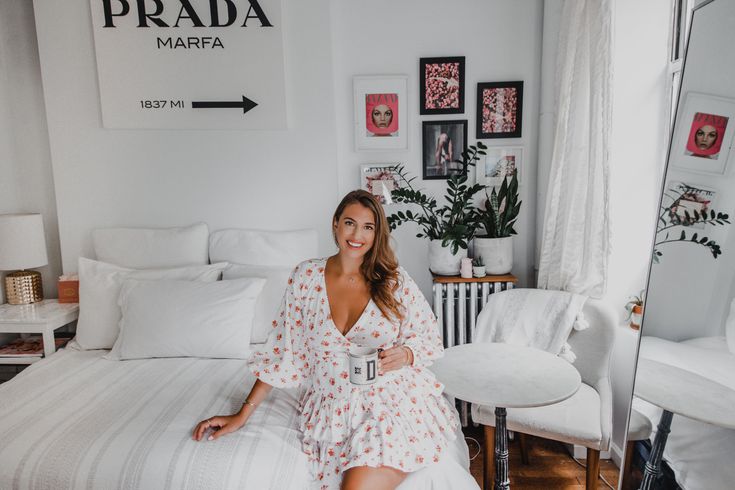Looking to invest in a property? Like thousands of Aussies, you’re not alone. The rush to home ownership has never been greater, but there are some important tips that new players need to be aware of.
While buying a property is exciting, it can also be scary if you’re a first-timer. Here are 7 tips to know if you’re looking at investing in property.
#1 – Understand your mortgage and repayment obligations
The single biggest cost for property, investment or otherwise, is the mortgage. For the life of your loan, you’ll have to cover periodic payments as well as incurred charges and interest rates.
The mortgage-paying process could take decades, so it’s super-important you understand the amounts you’ll be charged as well as your ability to service the debt.
It’s always wise to factor in some wiggle room to cover you in the event of rising interest rates or a cash flow crisis. If you’re looking for a home mortgage loan calculator click here for a great one.
#2 – Find the right neighbourhood
Buying a nice-looking house in the wrong neighbourhood can cause tremendous setbacks. Whether it’s flooding, crime, or bad history, the property’s neighbourhood should be well and truly accounted for to prevent any surprises. AZ Flat Fee suggests working with a realtor that is local to the area so they can advise you on specific neighbourhoods to focus on, as well as the ones to avoid.
If you’re looking to buy a property in a new city, get to know where important facilities and amenities are located. The results of proper research of your community will always pay dividends down the line. It’s worth checking out the home auctions both here and in the UK, a common place to find properties with promising ROI opportunities,” comments Ruban Selvanayagam of Property Solvers.
If you’re moving to an entirely new location, say, Adelaide in Australia, then it may make sense to rent in Adelaide before taking the plunge of purchasing.
#3 – Get an estimate of your property’s ROI
Return on Investment, or ROI is very important if you’re looking to make a calculated profit from your purchase rather than just buy a place to live in forever. Are you planning to rent out your property? Or are you planning to flip it instead?
There are many ways to invest in real estate. Whichever method you choose, your investment should follow quantifiable metrics that are sustainable to you and reasonable to your tenant.
For buy-to-rent properties, a good rental yield typically falls within the range of 4-5% or more. If your projected yield falls under that range, you might want to consider other options.
For flipped properties, a profit rate of 40% ROI is about average after factoring in renovation costs. Though, you should consider external factors as well such as market conditions, interest rates, and other unexpected costs.
#4 – Understand proper landlord conduct
Real estate investors know the importance of proper property management. Whether you’re the one taking up the landlord role or hiring someone else, landlords should always do several things, such as reading up on local residential laws, finding suitable tenants, maintaining property upkeep, and keeping abreast of rental market pricing trends.
#5 – Always thoroughly inspect the property
Before you sign the deal with the seller, inspect the property carefully to make sure it meets your standards. The pictures probably will not show the faulty pipes or cracked walls behind the cupboards, so it’s best to get these issues understood as soon as possible.
Once you’re satisfied with the property and you feel it has a good potential to rent, plan out a renovation to maximise the return you can achieve. Make plans that create a clean living space and install high-quality appliances and lighting. You should also plan to undertake any repairs to damage or flaws – especially in the plumbing, by choosing the best quality pipes from professional tube distributors.
#6 – Consider the repairs & carrying costs
Whether you plan to flip or rent the property out, you’re going to need to repair any faulty pain points. For your first investment property, you might prefer to invest in something that requires only minor, cosmetic tweaks instead of a full-blown renovation. This will help you keep your budget settled at a reasonable price, and keep your stress levels in check.
It’s also essential to research repair services online and get quotes from multiple repair technicians. By getting multiple quotes, you’ll find the most cost-effective and high-value solution. Once you get a good price, allocate a part to renovation costs (50%) and a part to carrying costs (mortgage, utilities, taxes, insurance, and permits).
#7 – Negotiate With The Seller
Negotiating with the seller is ideal if you want to try to cut the cost of the property. While straightforwardly asking them might not achieve the best results, you can strategically bring up faulty parts of the house to your advantage. This can include discovering the true history of the house, knowing why the past owner moved away or uncovering favourable inspection results.


No Comments